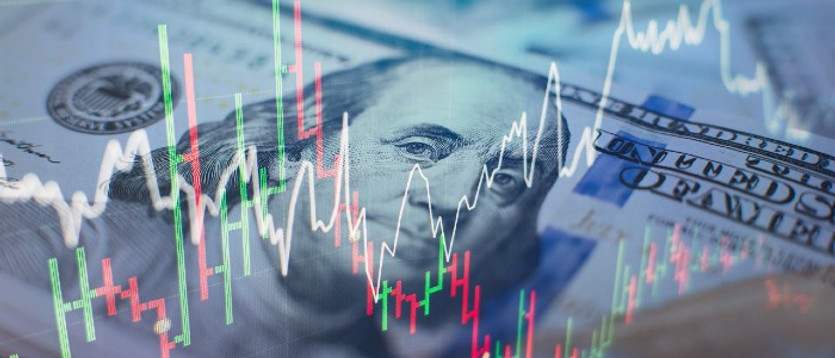Shortly after the Fed announced another 0.75% interest rate hike, the dollar began to decline. U.S. central bank officials said a further rate hike "would be appropriate": "Inflation remains high, reflecting pandemic-related imbalances, rising food and energy prices and broader price pressures," and "the situation in Ukraine creates additional upward pressure on inflation, affecting global economic activity." At the same time, Powell's comments sounded alarming notes that alerted investors. "We expect a period of economic growth below the trend," and the whole "process" will be accompanied by a period of "lower economic growth, weakening the labor market,” Powell said.
And yesterday, his words were confirmed in the publication of a preliminary estimate of US GDP for the 2nd quarter. Tightening monetary policy by raising interest rates in the current recession is suicidal. It is possible that before the end of this year, the Fed will again have to move from tightening to easing its monetary policy. Moreover, during the primary elections to the US Congress (in early November), Biden and the Democrats will have to somehow explain the sharp deterioration in the economic situation in the United States.
If the Fed really has to slow down the process of tightening its policy or even reverse this process, then a new cycle of the dollar's fall cannot be avoided.
Despite the second consecutive week of falling, the dollar index still ends July with an increase, albeit more modest than it seemed at the beginning of the month, when the DXY “took” a new top above 109.00.
Today the market and the dollar will "swing" again at 12:30, when the data on personal income/expenditure of Americans will be published. The PCE Annual Core Price Index is the primary measure of inflation that FOMC officials use as the primary indicator of inflation. Higher-than-expected Core Price Index (PCE) readings could push the US dollar higher. Previous values (in annual terms): +4.7%, +4.9%, +5.2%, +5.3%, +5.2% (in January 2022). Forecast for June: +0.5% (on a monthly basis) after growth of +0.3%, +0.3%, +0.3%, +0.3%, +0.5% (in January 2022).
As for the dollar index, the first signals to buy DXY futures will correspond to the breakdown of the local resistance levels 106.00, 107.00, 108.00.
It still retains positive dynamics and potential for resumption of growth, and given the strong bullish momentum and the long-term uptrend in DXY, the breakdown of the local resistance level 109.00 will be a signal to increase long positions in DXY futures "with the prospect of growth towards multi-year highs of 121.29 and 129.05, reached, respectively, in June 2001 and November 1985” (we wrote about this earlier).
Support levels: 105.95, 105.25, 105.00, 104.00, 103.75, 103.00, 102.00, 101.80, 100.45, 100.00
Resistance levels: 106.71, 107.00, 107.33, 108.00, 109.00





